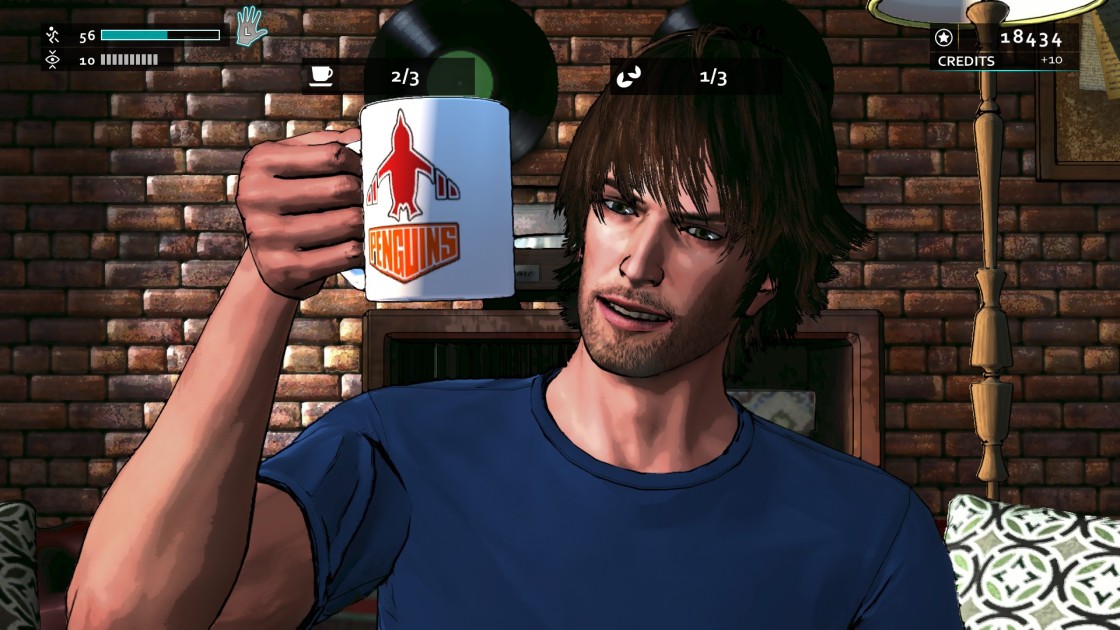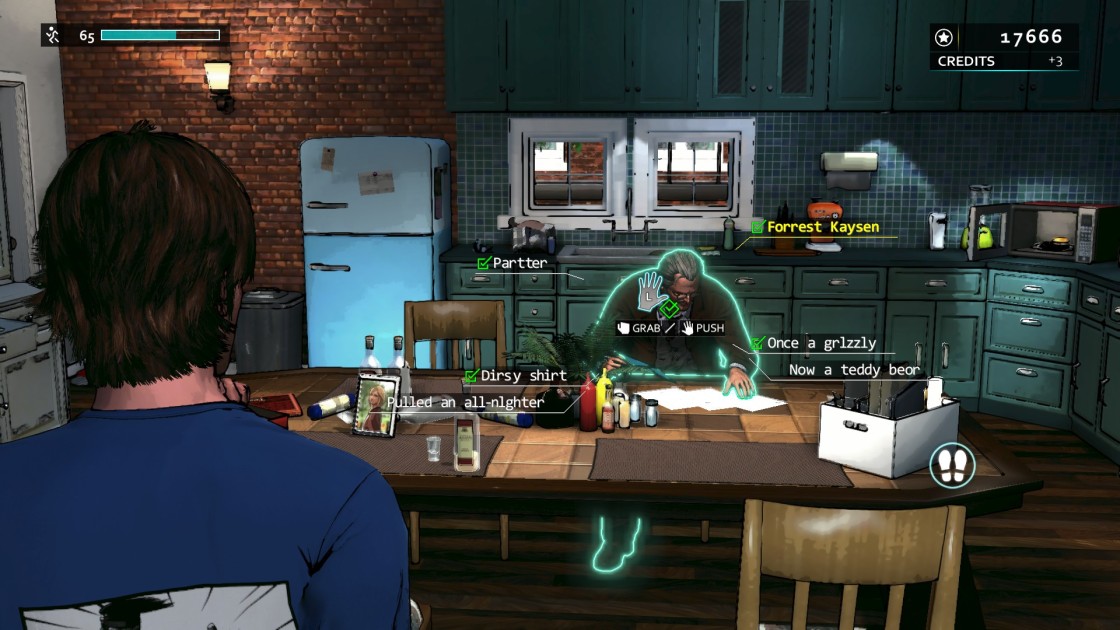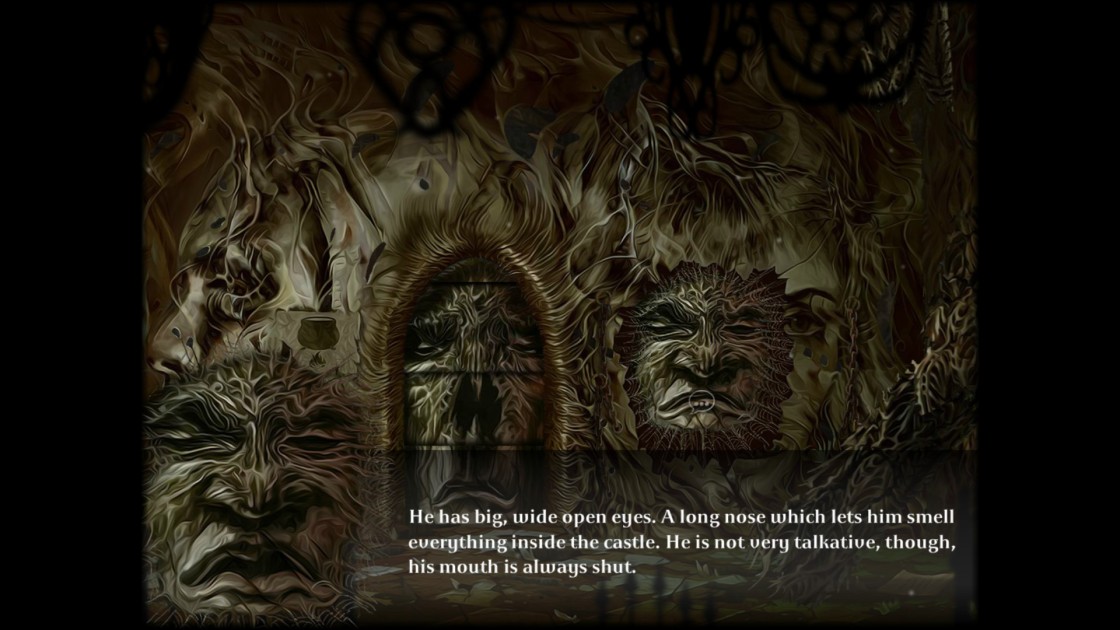Having personally completed each and every one of Thatgamecompany’s trio of titles, Abzû is a title that holds no surprises and as many new ideas. This game is Journey 2 in everything but name and it feels exactly like what a direct continuation of that would be. Hell, an argument could be made it is a simple remake or Final Fantasy-esque sequel that simply takes the same themes and ideas and transplants them into a new setting and context. Despite this, Abzû is nearly as good as Journey and may even surpass it for those that enjoy the great blue sea and everything that has to offer.
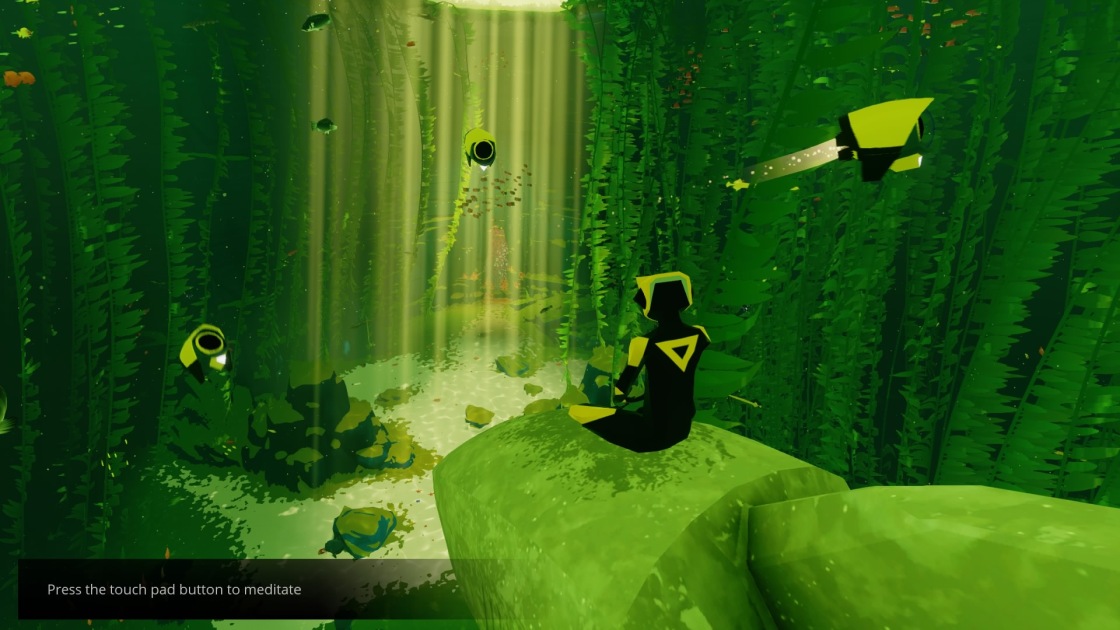
Abzû is a wordless two-hour journey through a sea bustling with life and its fair share of danger. At the center of this journey is an anonymous deep sea diver, who communicates only through little blips. With only occasional breaks to the surface of the ocean, most of the game will be spent swimming deeper into the ocean. While linear, Abzû is in no rush to get anywhere and actively desires that the player slow down for a while.
It would probably make an easier time of things to point out in what ways the game isn’t like Journey. For starters, developer Giant Squid, founded by Journey‘s art director Matt Nava, has made a much more vibrant game than Journey. Abzû‘s ocean teems with life, not only in quantity but also in variety. Schools of fish in all shapes and sizes fill many of the game’s areas and help to offer a inverse to the game’s more solitary moments. The other most important difference is the game’s utilization of the z-axis. While Journey was hardly a two-dimensional game, much of the player’s time was spent with feet on the ground. Abzû has its up and down built into its general movement. This does come at the cost of some of Journey‘s platforming elements, but movement in this game can feel distinct for the most part and keeps it from feeling like to much of a retread.
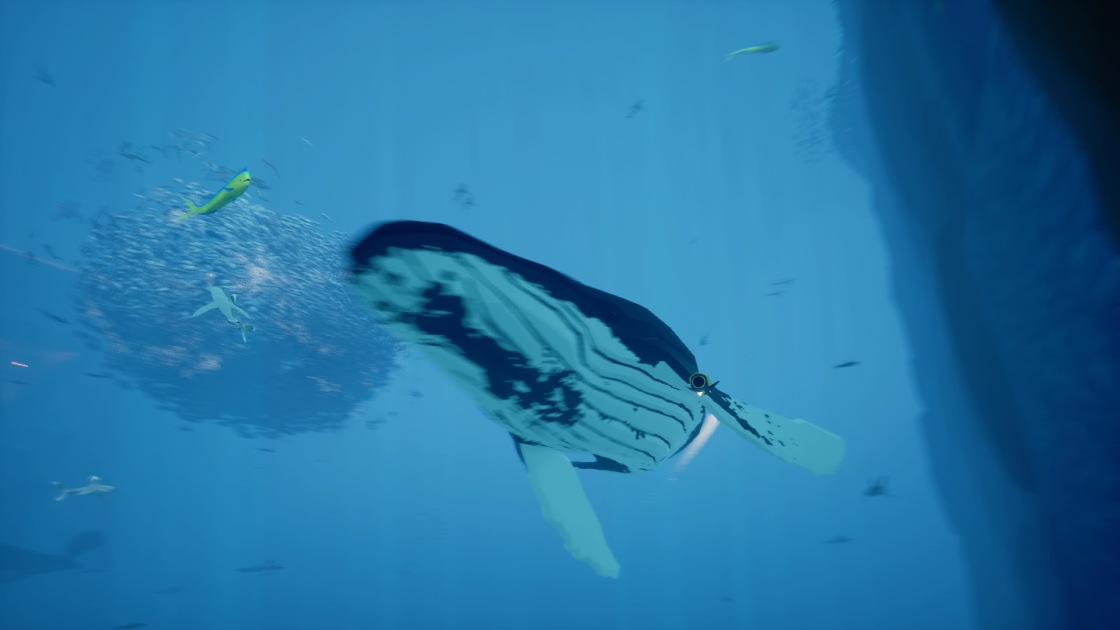
If there is any noticeable downsides to the game, it can be summarized as simply as “Journey underwater”. Everything else about the game has a direct connection or inspiration from Journey and the comparisons are inescapable. Minimal direct communication, ruined hieroglyphs both depicting lost civilizations and foreshadowing events to come, and very distinct stages separated by automated, yet beautiful, sequences. Journey‘s scarf mechanic has been replaced with flippers and function as a boost instead, but are recharged the same way. The game at least manages its own visual style — put a screenshot from both games next to each other and no one would confuse the two — but as far as its interactive elements are concerned its a follow-up to Journey through and through.
Which is a shame, since the game really is good. Unfortunately, it will live most of its existence in the shadow of its more novel predecessor. Had the two been reversed, any opinion may have easily been reversed. Well, maybe not entirely. Abzû desires to be as introspective and personal as Journey, but as opposed to Journey, Abzû is a game with a message. As the game continues, pyramid-shaped mines will appear hued in red and will visibly injure the player when contact becomes too close. A clear distinction is made between the colorful wildlife and the sinister artificiality of the man-made structures. Whether interpreted as an environmental message or an anti-war —both are valid — Abzû is a game out to make a point. A point taken directly from Flower at that. While some might find this a more resonant theme, Journey’s spirituality is a far more universal and subtle.
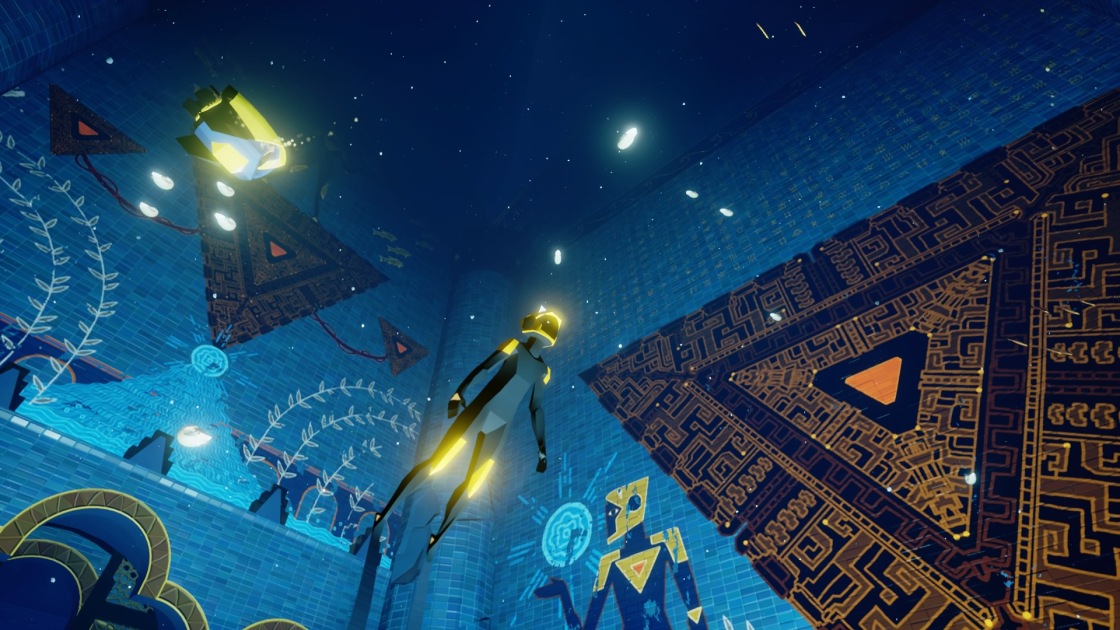
In any case, whether its theme is just a bit more distinctive or it has to follow in the footsteps of a more original game, Abzû just feels like it falls short of Journey. On its own merits its equally worth anyone’s time and is a great experience in its own right. It’s just not enough to make you forget its heritage.
